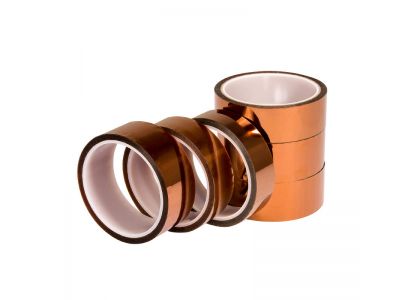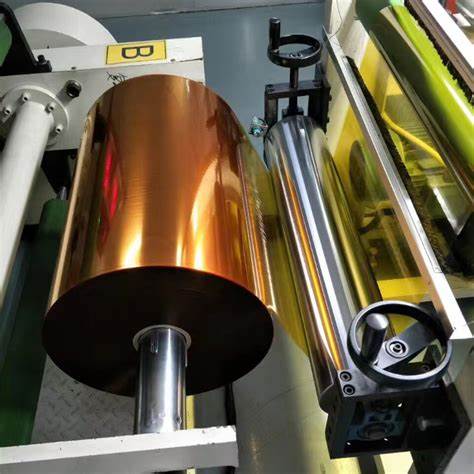
When dealing with polyimide tape usage, understanding the environmental factors that influence its storage and transportation is crucial. This tape, particularly known as Kapton tape, is widely utilized in various industries due to its excellent thermal, electrical, and chemical resistance. However, the performance characteristics of Kapton tape can be significantly affected by its storage conditions and the environment during transportation. This article aims to provide guidelines for proper storage and transportation practices to maintain the integrity of Kapton tape, focusing on its materials and adhesive properties.
Kapton tape is known for its unique properties, attributed to its high-performance kapton tape material, which is a type of polyimide. The versatility of this tape makes it suitable for a variety of applications, including electronics, aerospace, and automotive industries. One of the most important aspects of Kapton tape is its adhesive component. There are various adhesive options, including polyimide tape with acrylic adhesive and polyimide tape with silicone adhesive. While each type of adhesive offers distinct advantages, both types are sensitive to environmental conditions, making proper handling essential.
Several environmental factors can adversely affect the quality and performance of polyimide tape, particularly its storage conditions. Here are some key considerations:
Temperature: High temperatures can cause degradation of the kapton tape material over time. It is recommended to store polyimide tape in a cool, dry environment, away from direct sunlight and heat sources. Ideally, the storage temperature should be maintained between 15°C and 30°C (59°F to 86°F) to prevent any deterioration of the tape or its adhesive.
Humidity: Elevated humidity levels can lead to moisture absorption, which may compromise the adhesive properties, particularly those of polyimide tape with acrylic adhesive. Humidity levels should be controlled, ideally kept below 60%. If possible, using desiccators or climate-controlled storage units can help maintain optimal humidity levels.
Dust and Contaminants: Dust and other particulate matter can adhere to the surface of polyimide tape, affecting its performance. Storing the tape in clean, sealed containers can help prevent contamination and ensure that the tape remains effective when used.
UV Exposure: Prolonged exposure to ultraviolet (UV) light can break down the materials in Kapton tape. To mitigate this risk, it is essential to store the tape in opaque containers or boxes that protect it from light exposure.

When it comes to transporting polyimide tape, adhering to certain practices can minimize the risk of damage and ensure the tape remains in optimal condition:
Protective Packaging: Use appropriate packaging materials that provide cushioning and protection against physical shocks. Bubble wrap, foam inserts, or other cushioning materials can help safeguard the tape during transport.
Controlled Environment: Whenever possible, transport Kapton tape in climate-controlled vehicles. This helps maintain stable temperature and humidity levels, reducing the risk of damage during transportation. If such vehicles are not available, planning transportation routes to minimize exposure to extreme weather conditions is advisable.
Avoid Duplication of Exposure: Ensure that the tape is not exposed to temperature extremes or high humidity during loading and unloading. Keeping the transportation duration to a minimum can also help in maintaining the quality of the tape.
Labeling and Documentation: Properly label boxes containing polyimide tape with handling instructions and environmental considerations. Providing documentation that outlines the recommended storage conditions and any special handling considerations can aid in ensuring the tape remains uncontaminated and undamaged.
Summary
In summary, understanding how the environment affects polyimide tape usage is vital for maintaining its integrity during storage and transportation. Special attention should be given to factors such as temperature, humidity, and exposure to UV light, as these can significantly impact both the kapton tape material and its adhesive properties, whether it be a polyimide tape with acrylic adhesive or a polyimide tape with silicone adhesive. By employing recommended storage and transportation practices, including protective packaging and controlling environmental conditions, one can ensure the longevity and performance of polyimide tape. Proper handling techniques not only enhance the effectiveness of this versatile material but also contribute to its successful application across various industries, reinforcing the importance of environmental considerations in the lifecycle of polyimide tape.